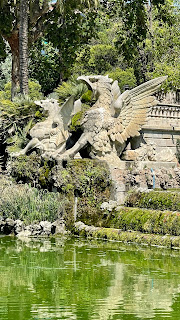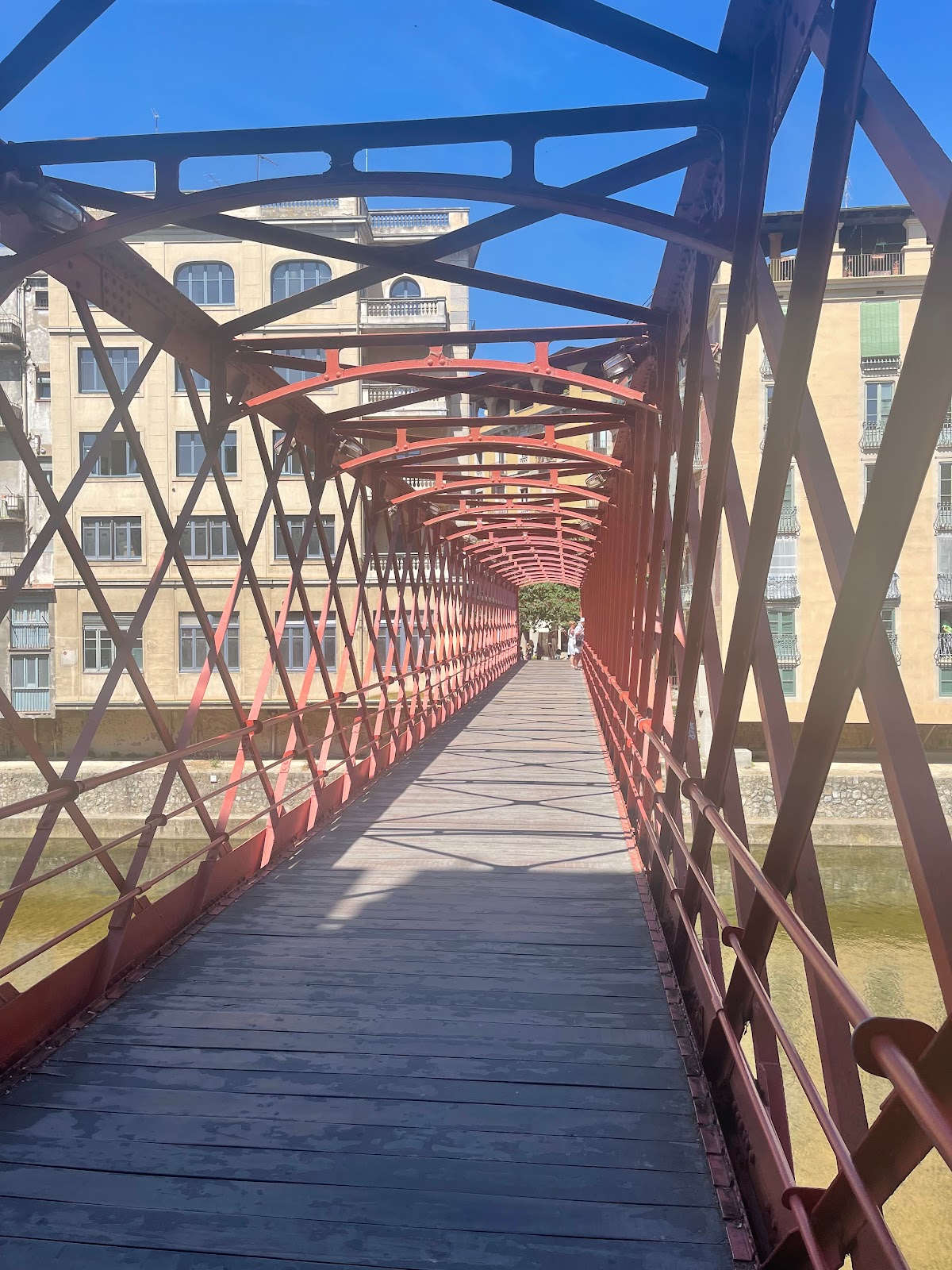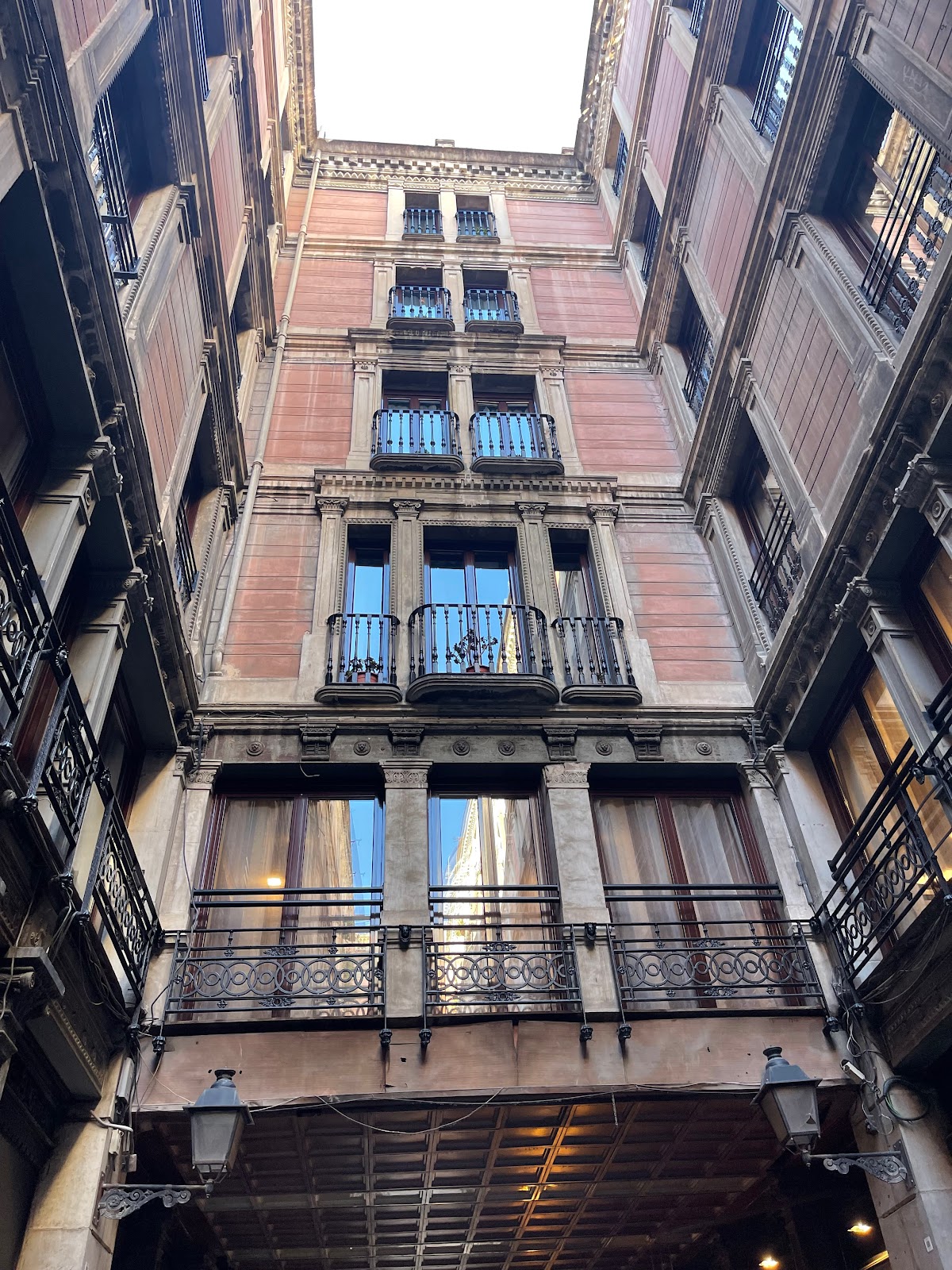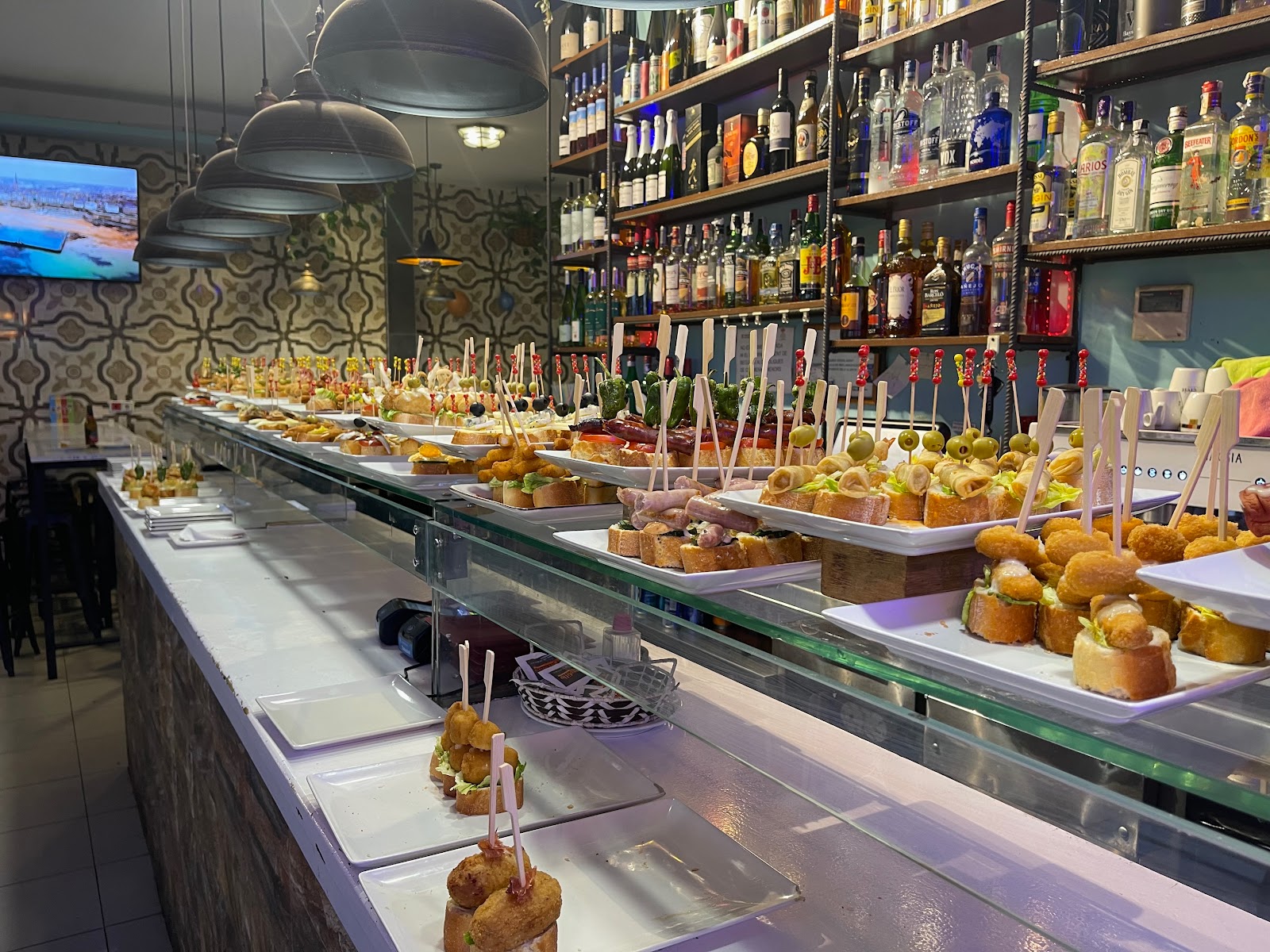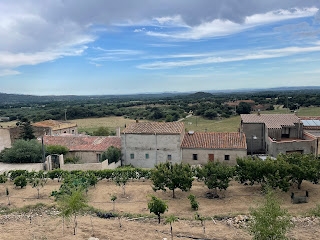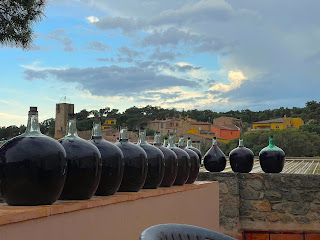SPAIN
DAY 6 – Paella and the Park
We wake
excited to be here. Barcelona does that
to you. Designed with tons of parks and
squares and playgrounds and outdoor cafes, all integrated into the arts and
connected by wide, welcoming, safe walkways, this place exudes the feeling that
life is for living. And we’re going to
live it some today. And we start living
it with breakfast in the Cotton House’s lovely outdoor courtyard.
The
early June weather is, again, perfect. We
cab it (Uber is banned in Barcelona) to Park Guell, one of the city’s most
celebrated attractions. The site on Carmel Hill originally started as
a luxury housing development, the 60 triangular lots intended to offer the
lucky owners a sweeping view of the city well away from the smoky factories. Only 2 homes were built on the impossibly rocky
terrain before the project went bust in 1904.
One of the houses was eventually purchased by Antoni Gaudi, the fabled
artist / architect who designed the massive Segrada Familia basilica we visited yesterday. Gaudi eventually reimagined the housing site
into Park Guell (pronounced par-GOUL by the locals), a botanical garden dripping
with the city’s flair for art and high design.
We spend a few hours wandering the grounds, the structures and gardens
ranging from whimsical to lush to religious to fantasy.
Fortunately,
we got to the park early, because by the time we left, it’s packed with
tourists and school trips and families. In
need of caffeine, we wander out into La Salut, the residential neighborhood
surrounding the park and find a little local café with a fantastic coffee machine.
Thanks
to Mandy’s fine planning, we’re just a few short blocks from our next stop, the
Secret Garden Paella Cooking Class we found on Airbnb experiences. Our host Clara greets us at the door with a
wide smile and that effortless European panache she doesn’t even know she
has. Two other groups join us, a couple
and their three kids from Arizona and couple from Florida on vacation with
their adult daughter from D.C. Clara
starts by explaining that today we will be learning her family paella recipe, but
the recipe, and the dish itself is only a backdrop. The frame story around leisurely weekend afternoons
with family and friends that turn into leisurely weekend nights with family and
friends and wine. This is cooking I can
get behind. We are making two versions
today, one “mixta” with seafood, and one traditional with chicken and rabbit
and pork. I’ve made paella before, and
although it was well received by my guests, I did absolutely everything wrong. The most important take-away is that the dish
isn’t about the proteins, rather it’s a rice dish with the proteins just there to
flavor the rice. Well coached, we spend
the early afternoon cooking and drinking wine and talking and drinking wine, so
when the paellas are done, we dive in with exuberance.
It’s a
45 minute walk back to the hotel, but the city just yearns to be walked. We take a semi direct route so we can check
out the Gracia section of the city, a much better representation of how the locals
live. Still buzzy, and now sleepy, we
retreat once again to the rooftop hotel pool.
Jay and
Judy, our favorite dining partners, have made it into town even more improbably
than we did. So tonight we’ll celebrate
that victory in our favorite style… at dinner.
Tonight it’s Babula Bar 1937. Babula
is a Catalan phrase that loosely translates to “grandma’s food”, and we are
welcomed just like we would be at grandma’s house. The food is based on traditional home
recipes, but with the chef’s updated takes on these classics. We start with some well crafted original
cocktails and order a bottle of local red to let that start breathing. Spanish wines are easy opening in just a few
minutes, so it’s ready by the time the first tapas comes. Food is family style, everything meant for sharing,
to induce conversation and togetherness.
Second bottle of red and dessert is an event – tableside made ice cream served
over silky pound cake. We’ve been joking
with Victor, our server, all night and now he starts bringing us drinks gratis
for us to try, one tastier then the next.
Always conscious of offending our host, we make sure to finish each
drink to the last drop.
Maybe
we didn’t have enough togetherness, maybe it was the exuberation of connecting
with friends in a foreign land, or maybe it was that second bottle of wine, or
probably it was Victor’s very successful attempt to get us all sozzled, but we’re
just not ready to call it a night. Jay
suggests a rooftop bar at the Hotel Barcelona Princess where we close the night
with last drinks, great views and lotsa laughs.
























